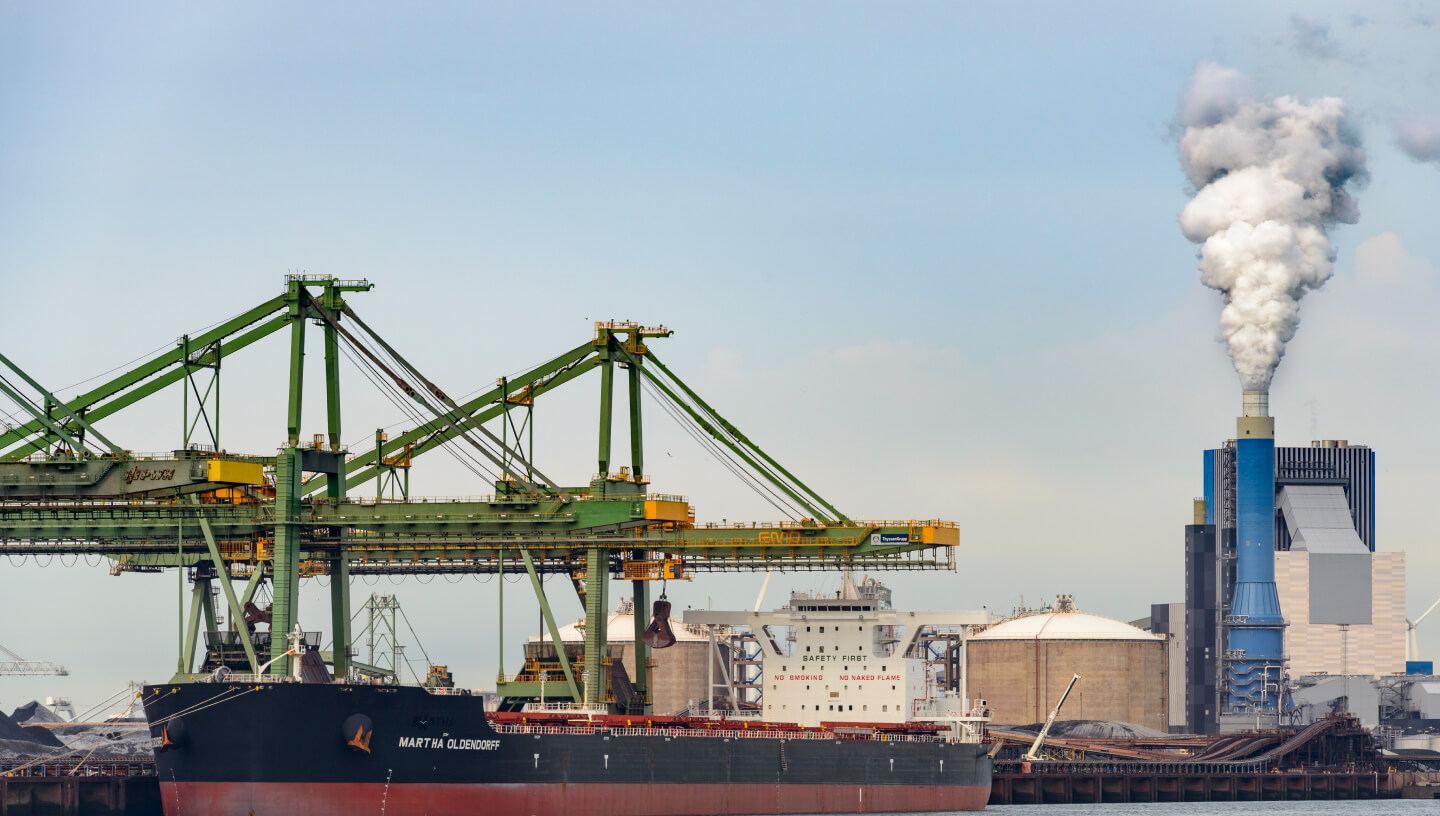24.11.2022
The Ministry of Natural Resources and Environment of Russia and the ROE commissioned the development of a concept for a digital platform Ecomonitoring
 Photo by: Sjo / iStock
Photo by: Sjo / iStock
Ministries and agencies have received instructions to ensure the implementation of Russian President Vladimir Putin’s order to account for the total damage caused by coal dust to the environment and human health.
For example, Deputy Prime Minister Victoria Abramchenko instructed the Ministry of Natural Resources and Environment of the Russian Federation and the Russian Environmental Operator (REO) to develop the concept of FGIS Ecomonitoring, a digital platform for collecting information on the quality of environmental components at cargo ports, incidents of coal dust emissions, control and oversight measures, administrative responses and total amounts of damage caused by emissions.
The eco-monitoring system is to collect information on the state of the environment throughout the country. It was previously reported that a regulatory framework will be formed in 2022, and a pilot service will be launched to monitor atmospheric air pollutant emissions in major industrial centres.
By 2024, it is planned to create a unified information system and provide access to it for citizens and organisations. As a result, by 2030, a comprehensive environmental monitoring system will be in place throughout Russia, following the merger and development of the data collection network.
In order to ensure the planned accounting of the cumulative harm caused by coal dust, the establishment of the Ecomonitoring system alone is not sufficient. Other agencies have also received instructions. Thus, the Ministry of Health and Rospotrebnadzor are to work out amendments to the legislation that would empower state sanitary and epidemiological control authorities to calculate the damage to human health and develop methods that would allow to make a public claim for compensation for such damage to economic entities.
Rospotrebnadzor will also develop proposals to improve the hygienic standards of MPC for substances included in coal dust, including taking into account the dimensionality of pollutant particles.
Rosprirodnadzor and Rosrybolovstvo together with the Ministry of Natural Resources and the Ministry of Agriculture will ensure the application of methods for calculating damage to air, water bodies, aquatic biological resources and soils to calculate damage to environmental components from coal dust, as well as updating these methods, if necessary.
Cover photo: Bart van Dijk / iStock














Comments